My Site visits continued at a brisk pace after I reached the southern end of the Korean peninsula, even more so because the area hosts more than one of the serial Sites, each with multiple locations scattered around the region. Sites in this part of the country focus on ancient history, traditional habitation, and, especially, beautiful examples of classic Korean architecture and design. The opportunities for photography were often numerous, so I will probably need to keep the amount of text in this post to a minimum, so as to compensate and keep its length reasonable.
The first I encountered was the serial Site of the Seowon Neo-Confucian Academies, of which nine examples are included. I visited slightly over two of those, and they represented one of my favorite Sites in Korea. During the long-lasting Joseon Dynasty, from 1392 to 1910, Neo-Confucianism was the state religion in Korea. That system was a reorganization of earlier versions of Confucianism, whereby the mystical elements that had previously seeped in from Taoism and Buddhism, were removed, in favor of rational study. This was a belief system that I could have gotten behind. Numerous Academies were established all around the country, with a generally similar design, including a very simple dormitory, a lecture hall, and a shrine for ancestor veneration. One of the reasons I really enjoyed this Site was because you can just wander in and look around and most of time I was the only person present, but, also for the simple reason that they were schools, which I think is great. I saw the Seowons at Museong and Piram, which were not hard to include on my route. I said that I saw slightly more than two because I also tried to visit the Seowon at Oksan, but on the day I arrived there was large film crew at the Site producing a historical drama
, so I was unable to go inside.
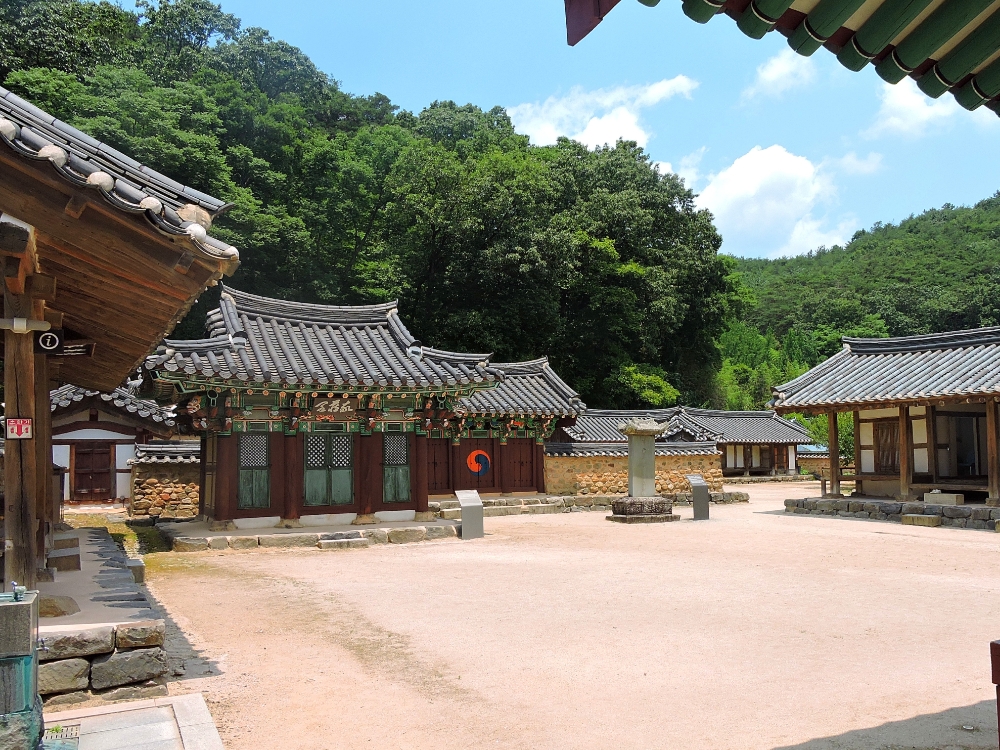
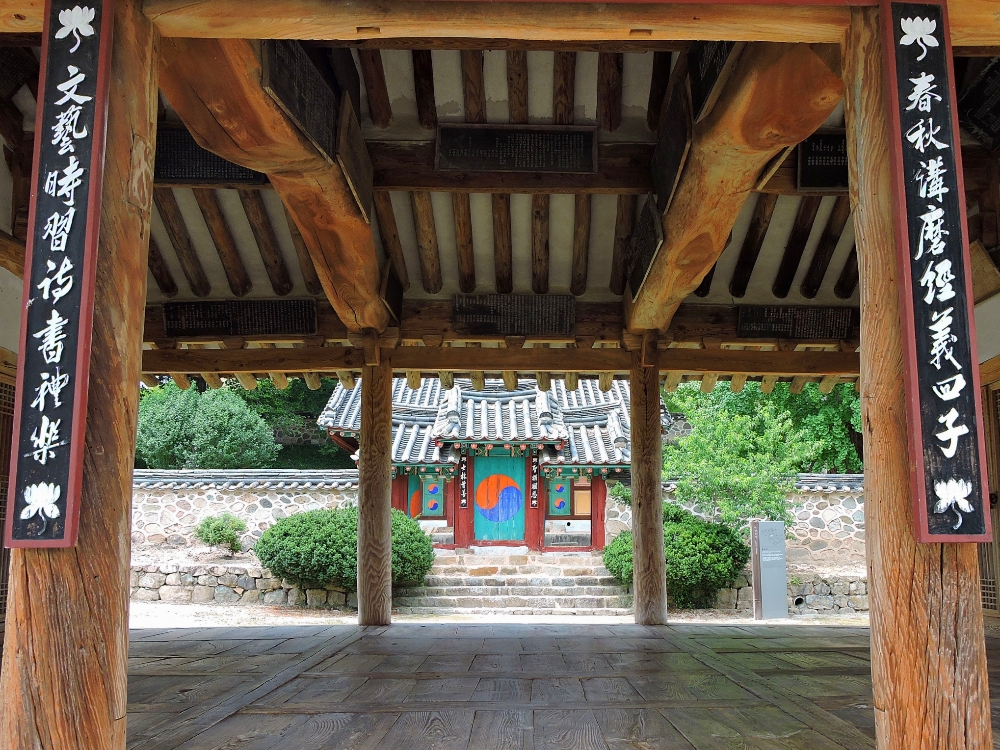
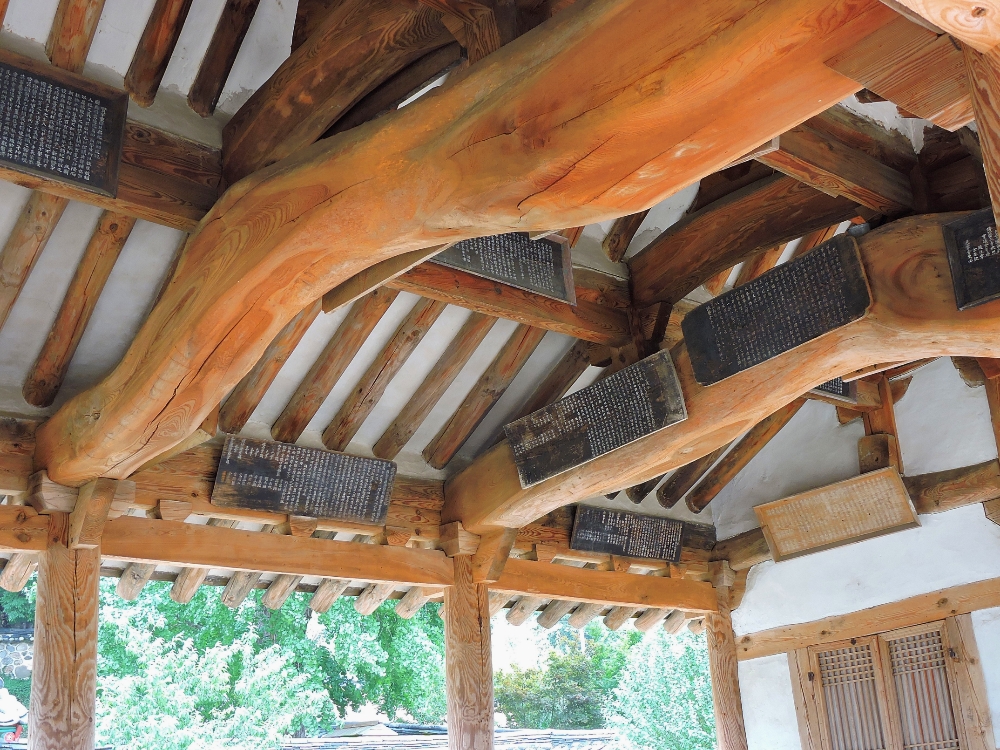
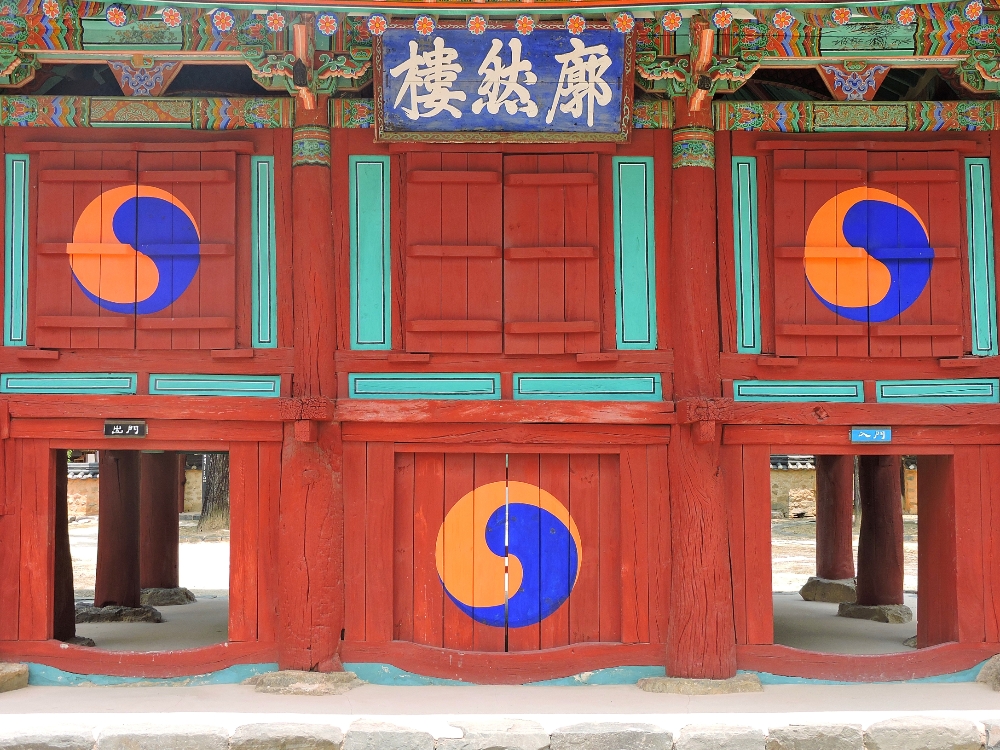
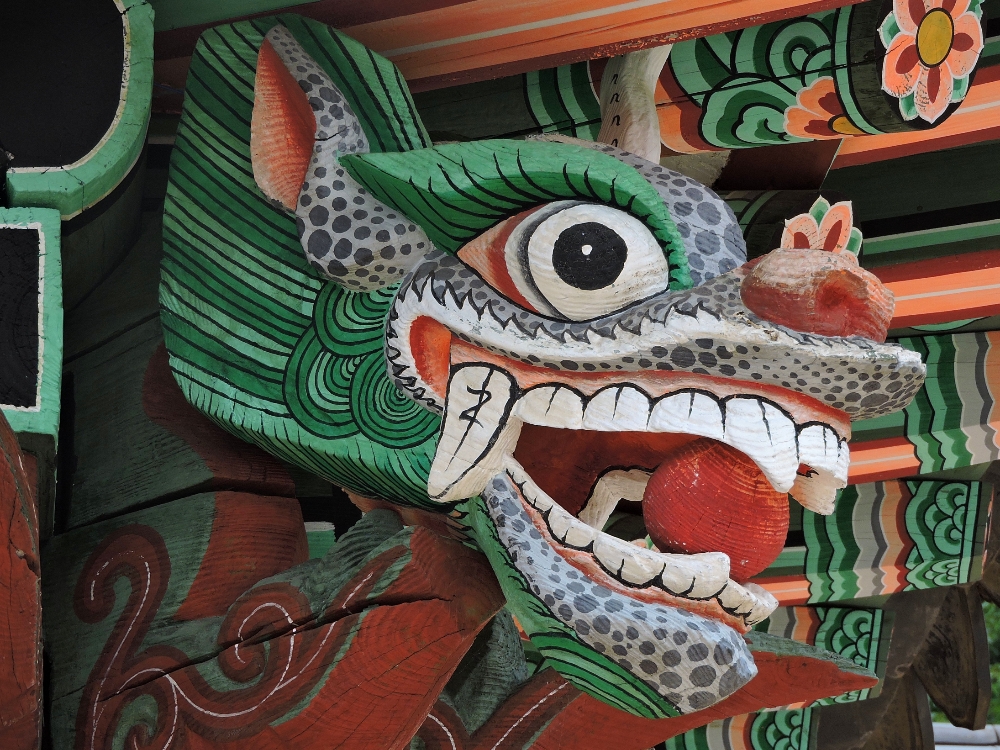
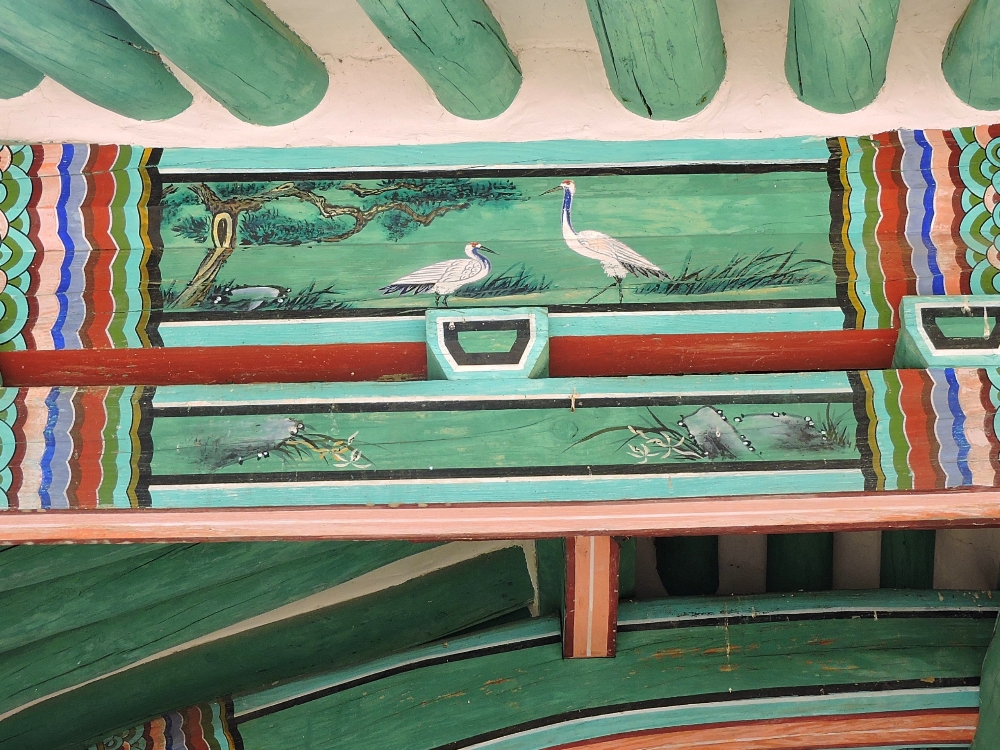
In the even older Goreyo Dynasty, from the seventh to the ninth centuries, Buddhism had been the official religion, and the Site, Sansa, Buddhist Mountain Monasteries, preserves seven examples of those remote institutions. I saw two of those, at Daeheungsa and Tongdosa, which, like the other five, are surrounded by beautiful and peaceful forests. One slightly annoying aspect of both locations was that visitors are allowed to walk the final one or two kilometers to the Site, and some people, at least, are allowed to drive cars over the same distance, but bicycles are not permitted. Once I reached the Monasteries, by foot, any bad feelings melted away once I experienced their serene environs, which contained many beautiful objects of Buddhist art. Especially appealing was Daeheungsa’s, Cheonbuljeon, the Hall of One Thousand Smiling Buddhas.
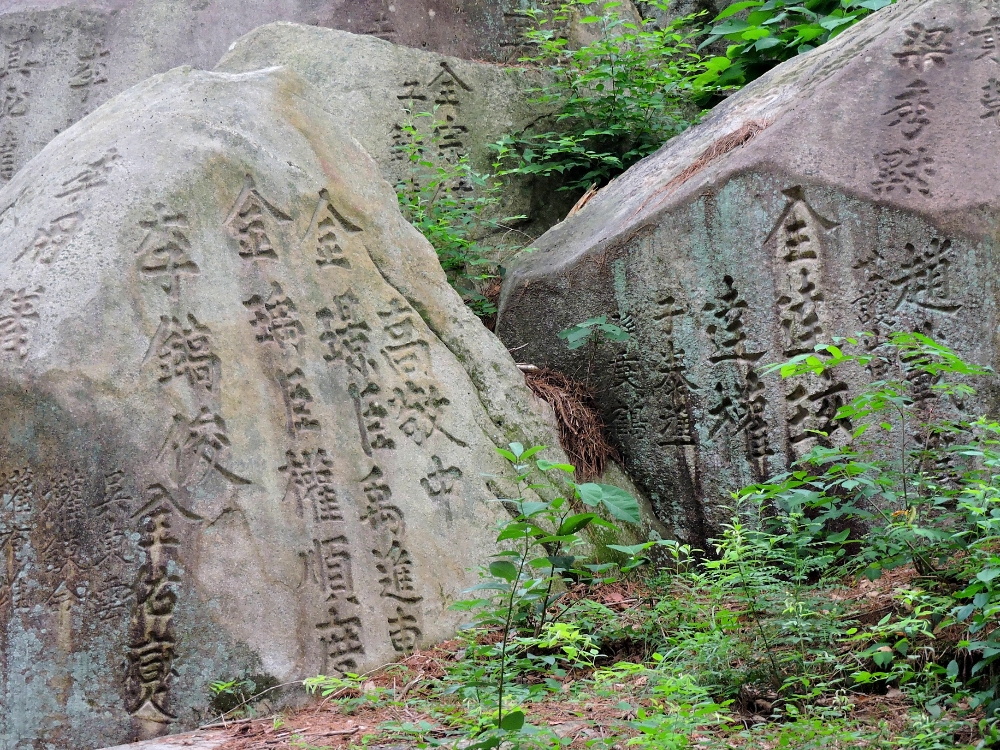
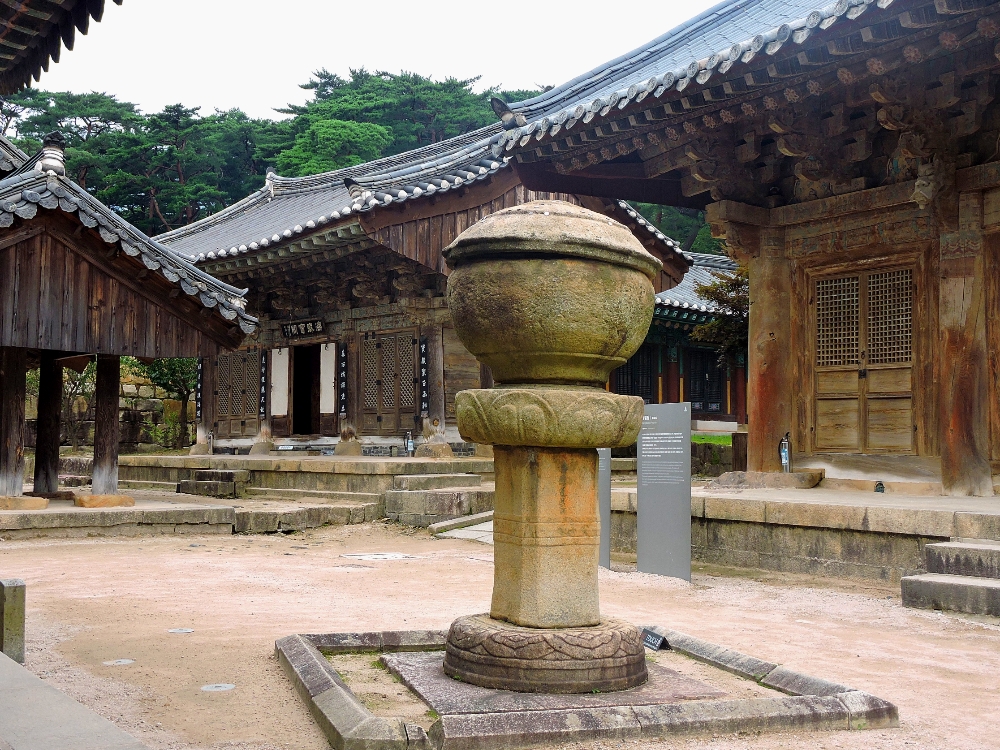
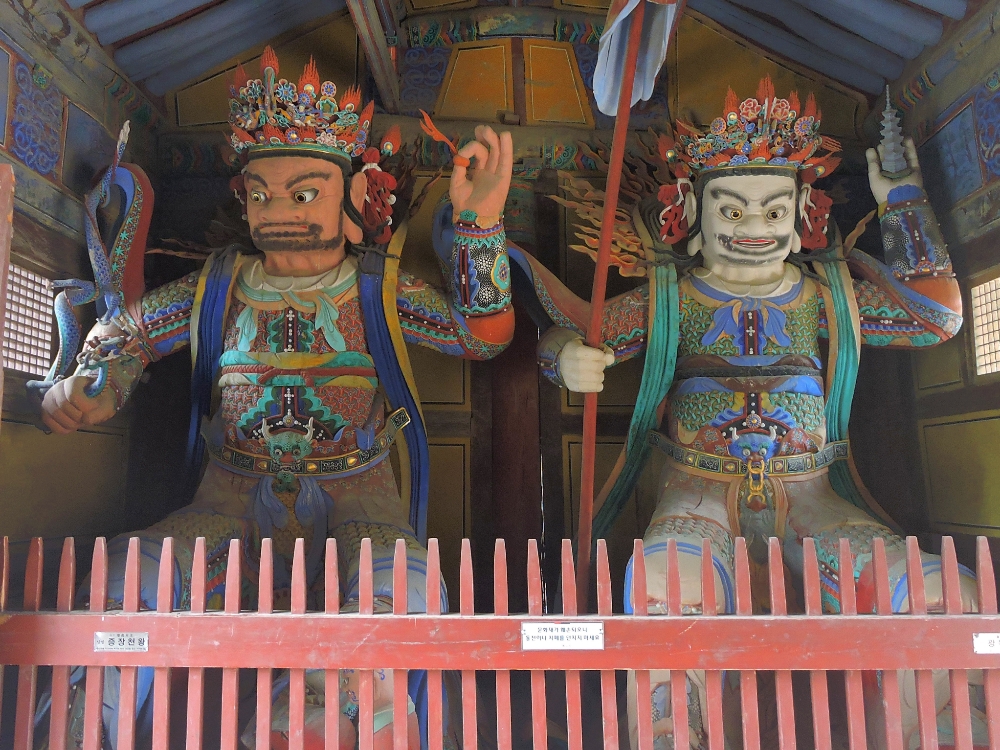
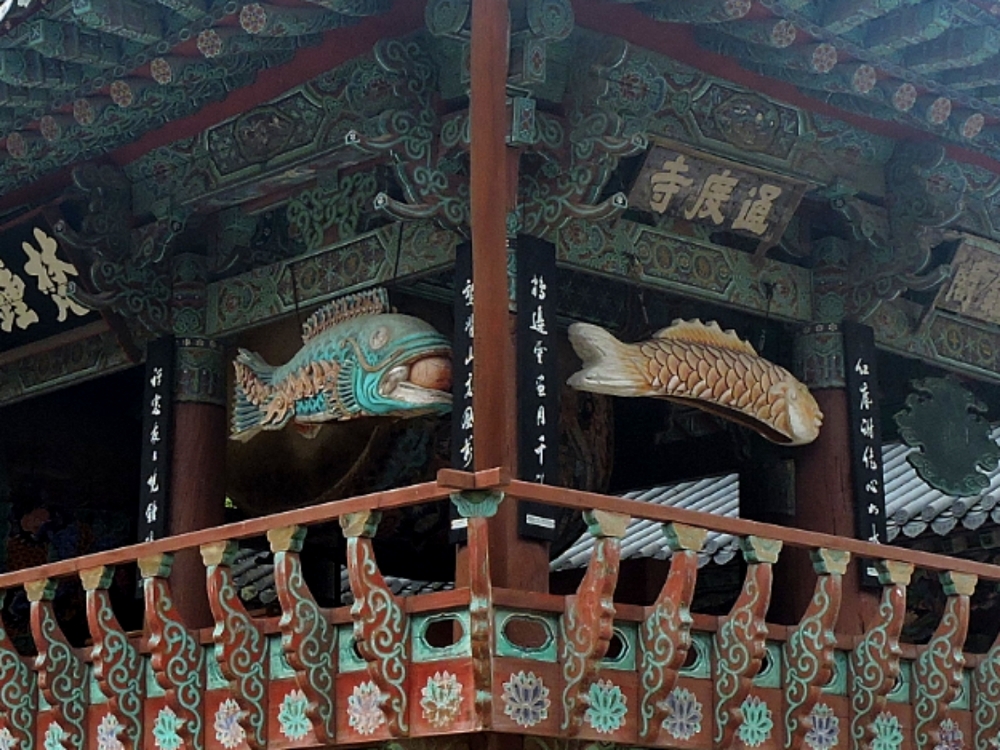
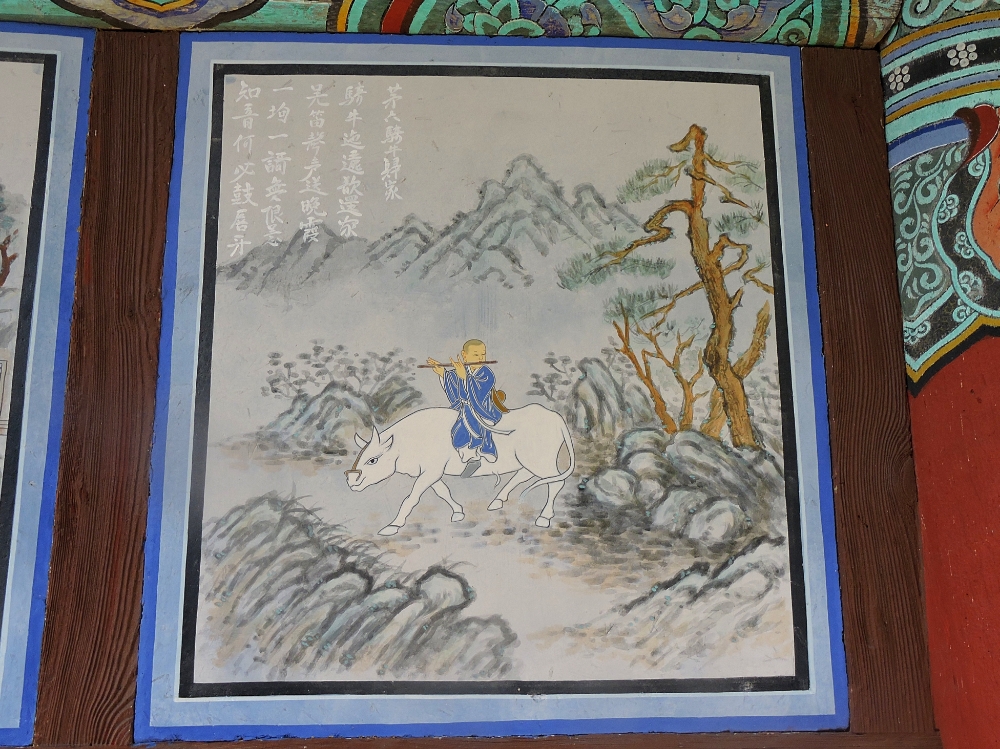
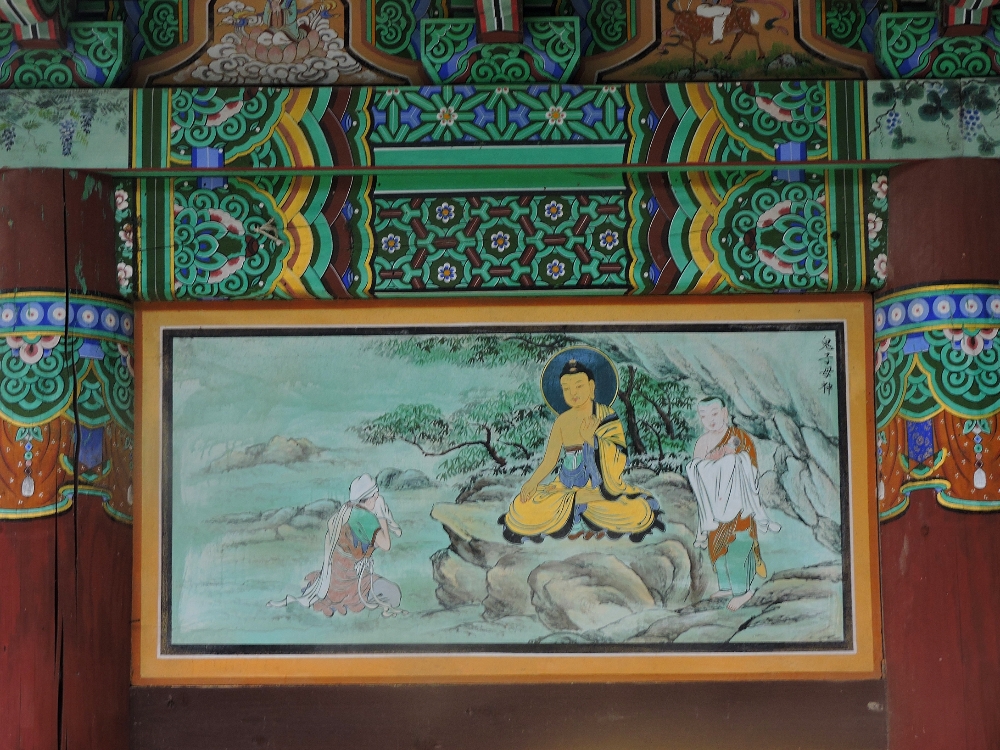
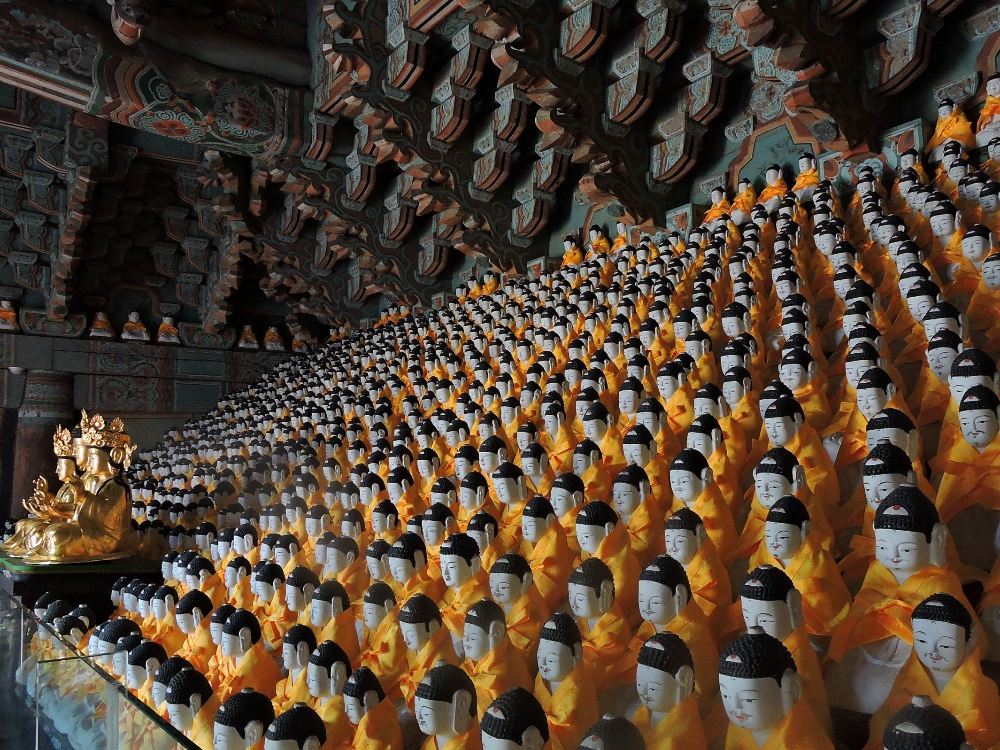
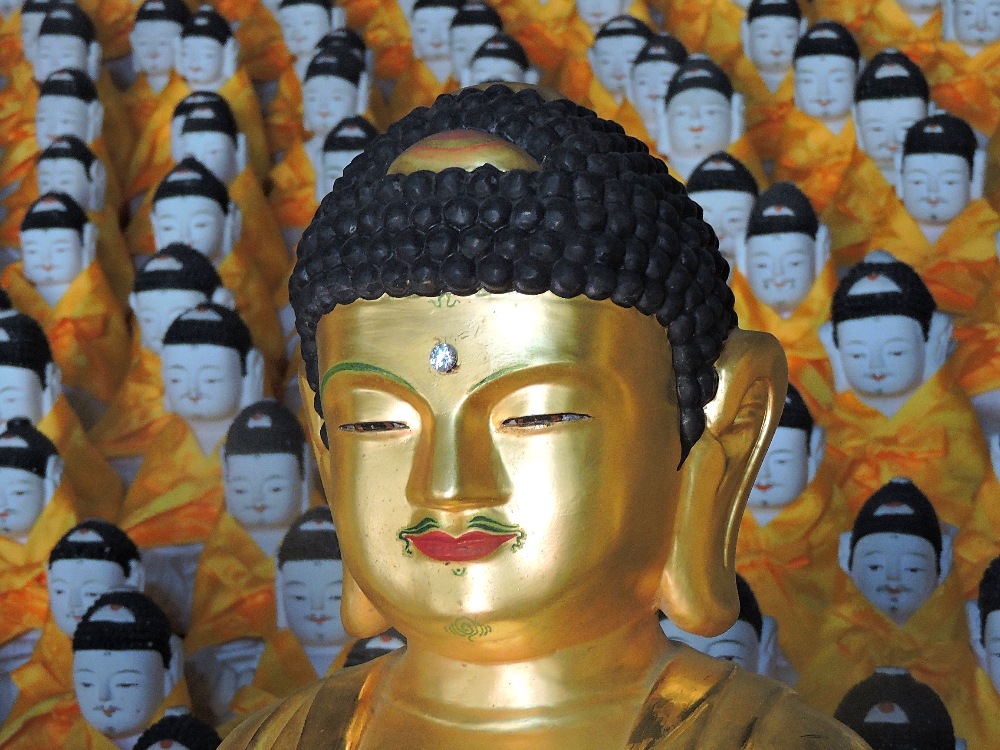
Next came the city of Gyeongju, another ancient capital from the Three Kingdoms period, this time from Silla, the Kingdom of the eastern coast that eventually unified the entire peninsula. There are dozens of often indistinct ruins and remnants scattered around the area, but the highlights are conveniently close to the city center. These include more royal tombs, the largest remaining in the country, the stone Cheomsongdae Observatory, said to be Asia’s oldest, and an excellent collection of artifacts in the associated museum. I also found the modern city of Gyeongju to be perhaps the nicest I saw in Korea, because it has mostly eschewed high-rise apartment towers, and instead many of its buildings have incorporated at least some representations of traditional Korean architecture.
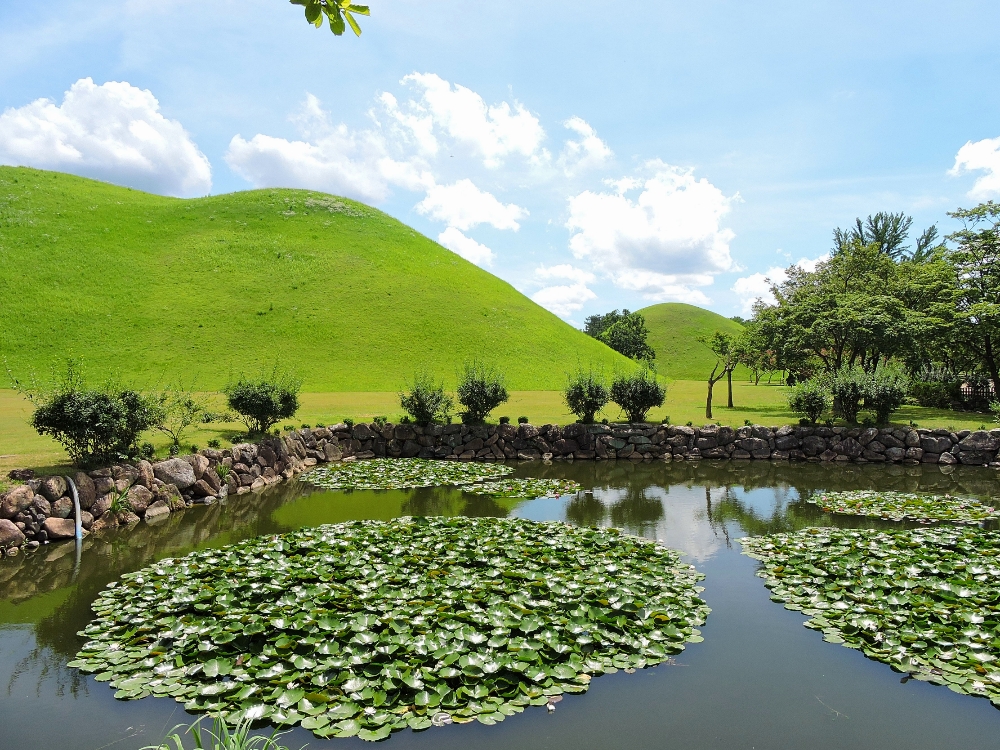
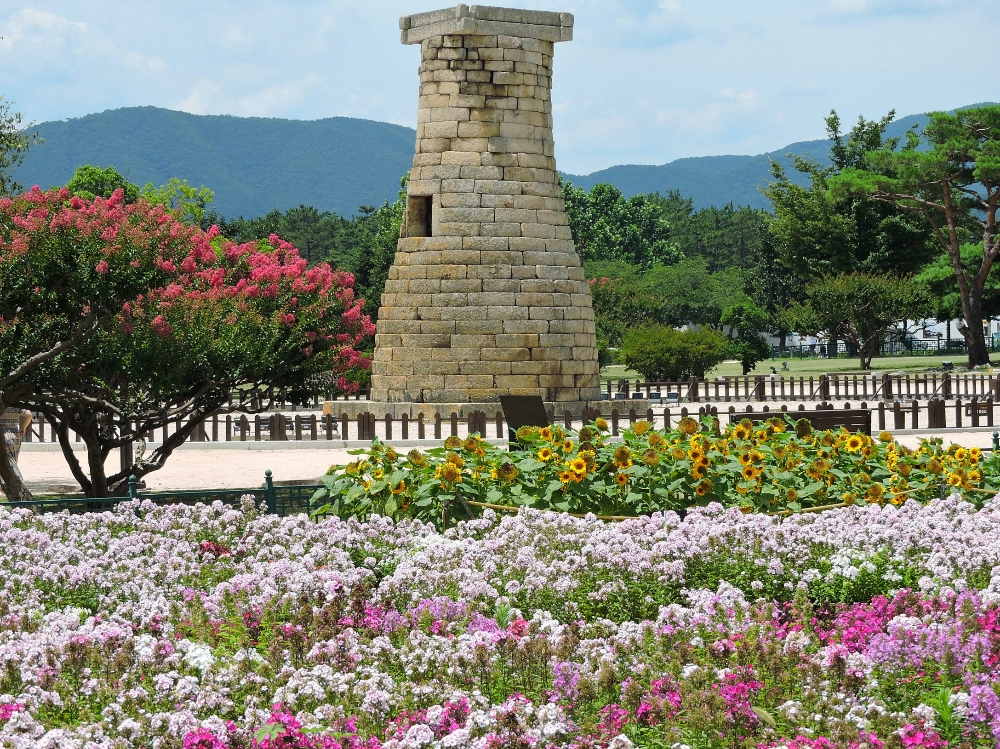
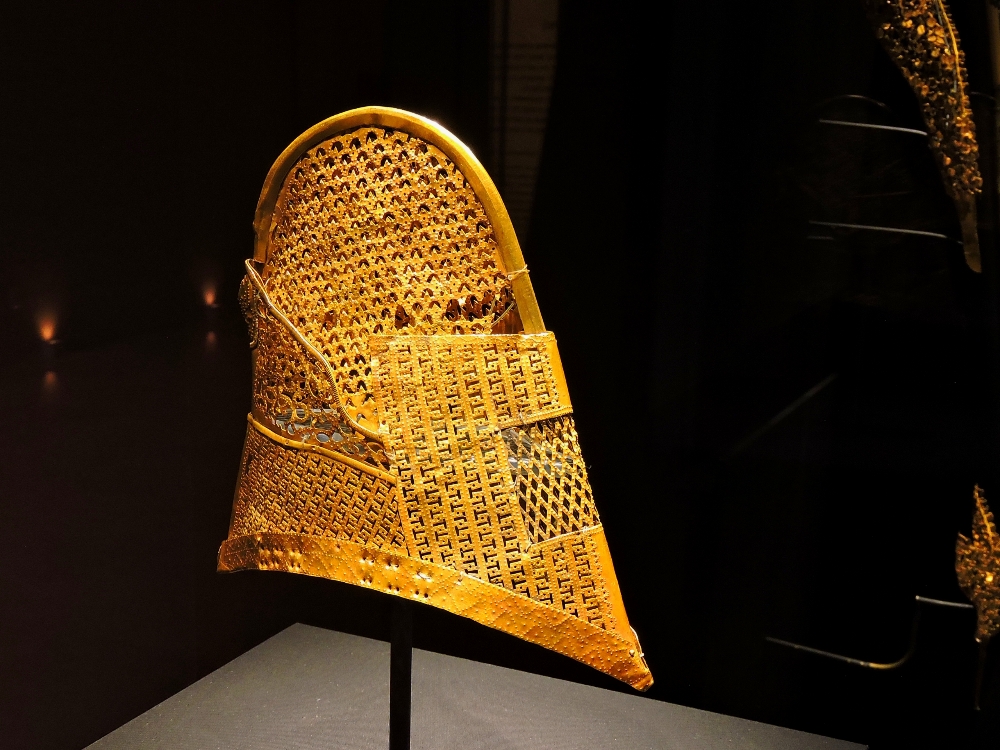
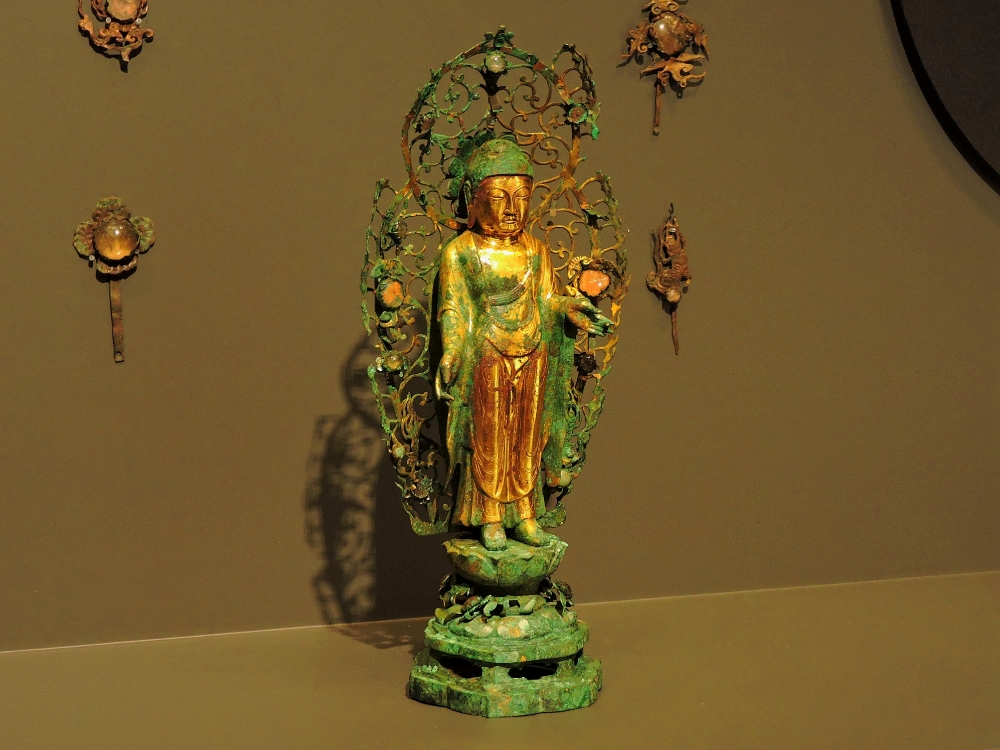
Traditional architecture is also the basis for the Site, Hahoe and Yangdong, which are two small villages, which have remained reasonably unchanged since they were established in the early Joseon period. I visited Yangdong, which is a short distance north of Gyeongju. In that era, aristocratic clans built stone and tile homes within walled compounds, while more basic earthen and thatch dwellings housed everyone else. This was a fairly tricky Site to visit and appreciate well, because, unlike most other preserved historical villages around the World, people still live there and it was tough to distinguish between what was an exhibit and what might have been someone’s home. That also made it a challenge to find good angles for photography. Nevertheless, I enjoyed my brief visit and it reinforced my opinion that Korea would be better off if most of its modern towns and cities were built more like those two were.
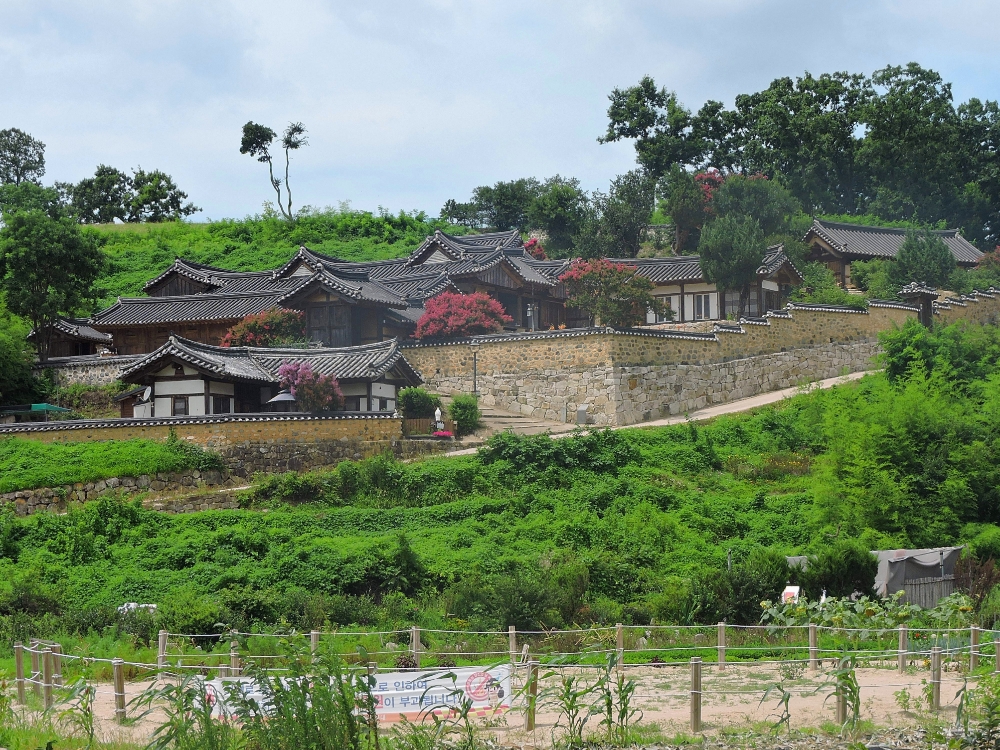
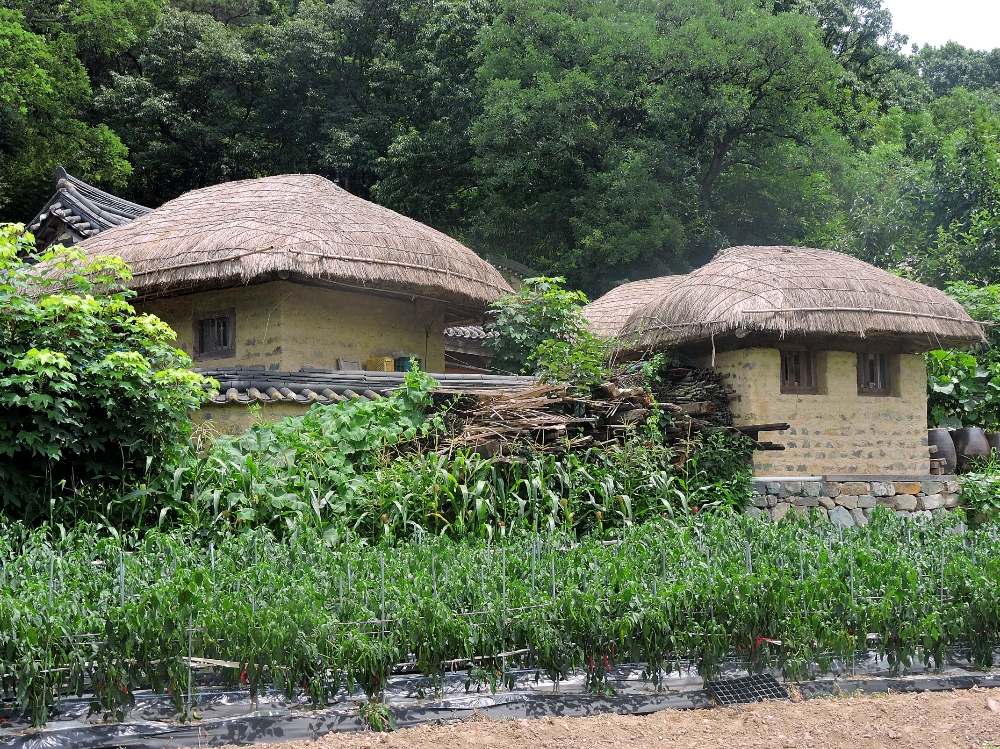
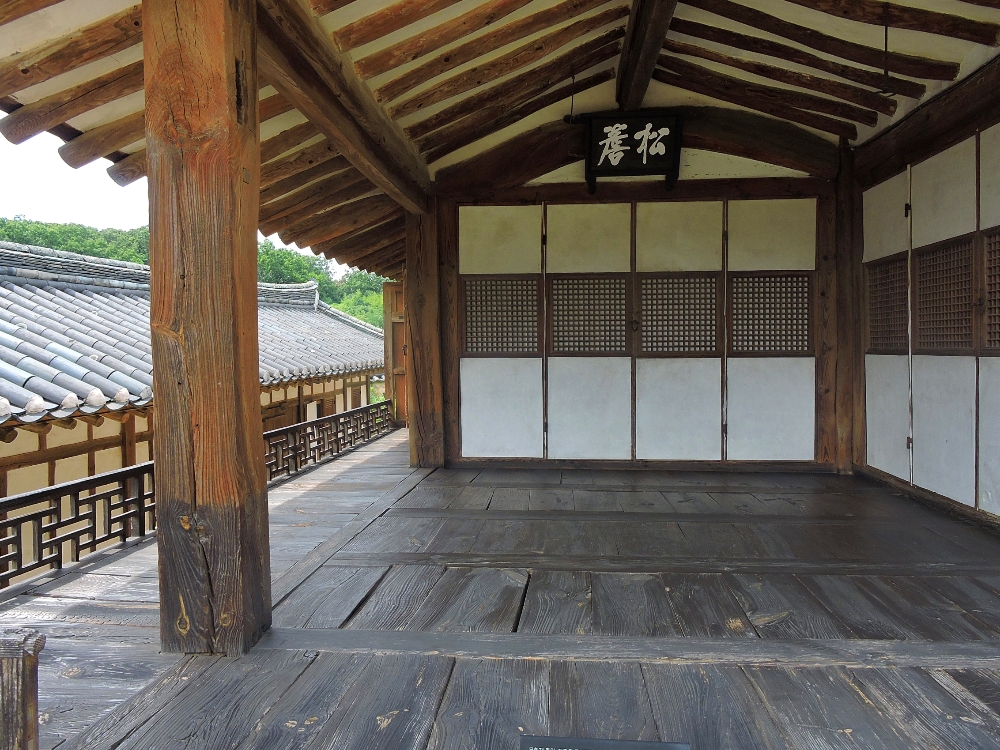
My final Site visit in the South was one of Korea’s most favorite, the Seokguram Grotto and Bulgusksa Temple. I only visited the Temple, since the small mountaintop Grotto, which houses an impressive stone sculpture of the Buddha, currently located behind a wall of glass, is considered by some people to be not worth the effort to get there. The Temple, located at a significantly lower elevation, proved to be more than adequate for me, however. The complex is a much more voluminous and substantially built than either the Sansa Monasteries or, especially, the Seowan Academies. It’s most famous feature is the two well-preserved stone pagodas in its courtyard, but the entire Temple provided many interesting viewpoints, and it was a nice way to wrap up my visit to the southern part of South Korea.
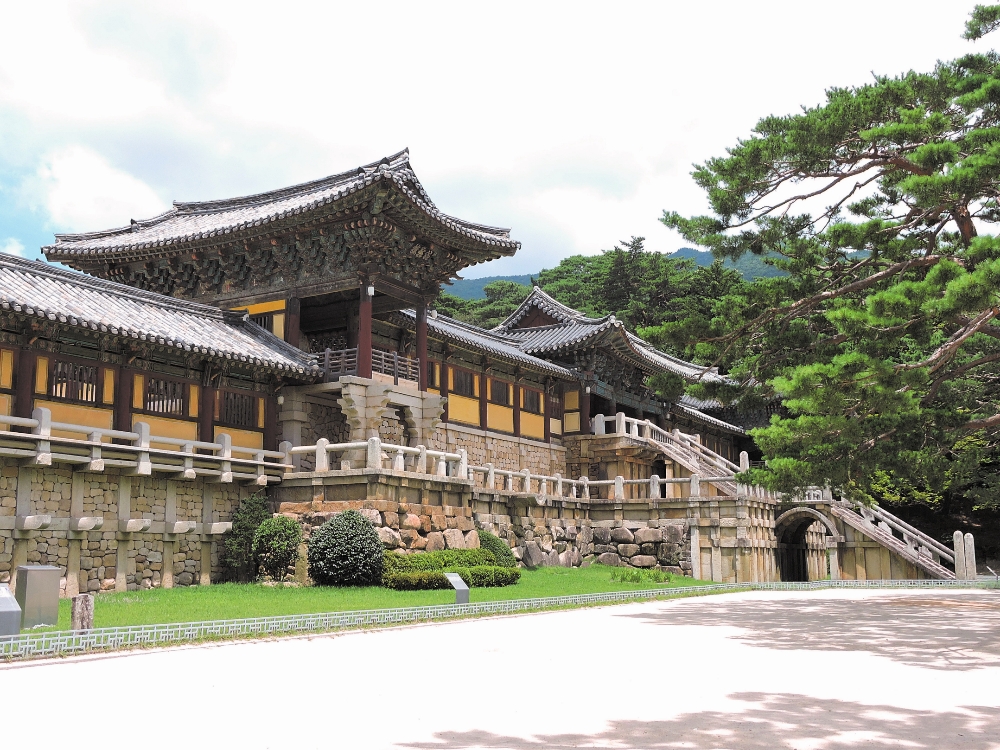
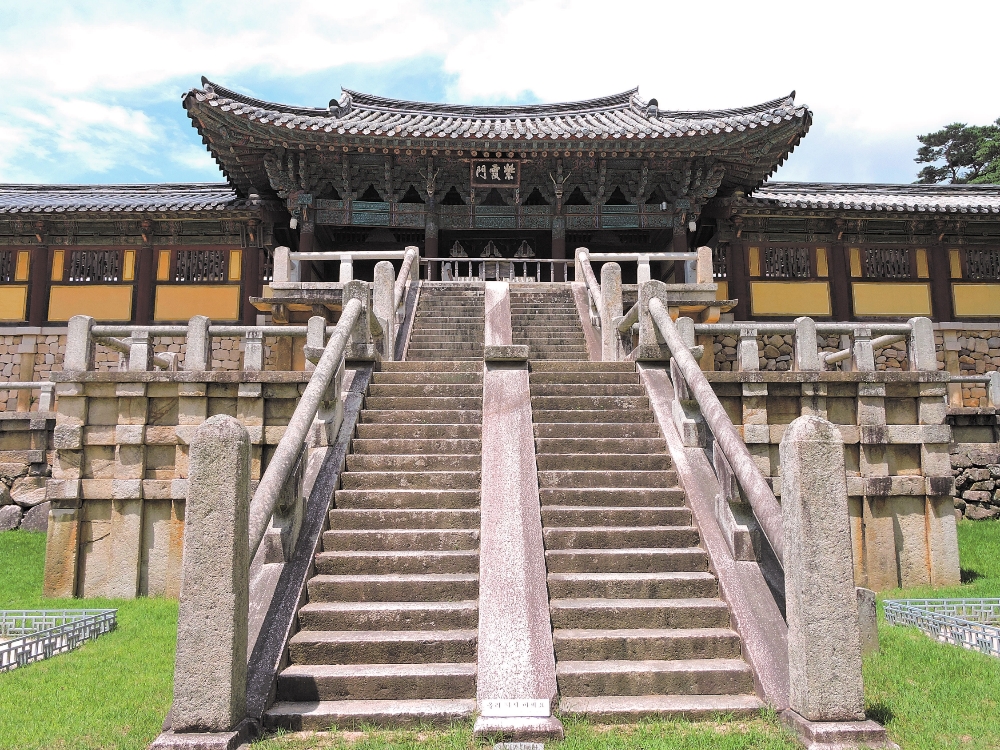
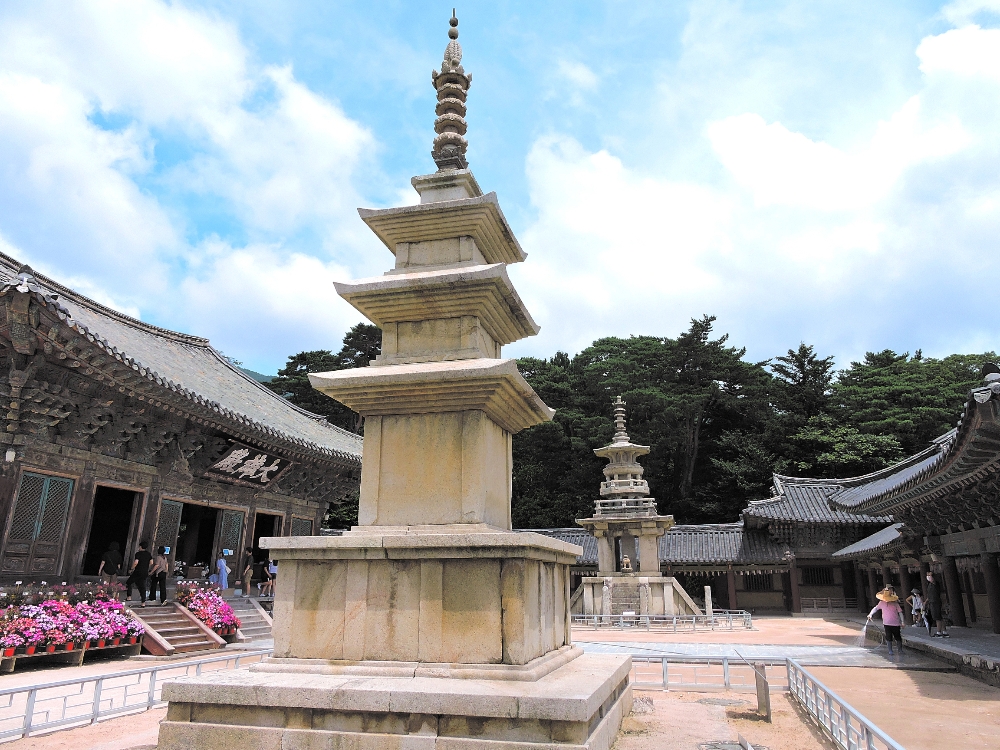


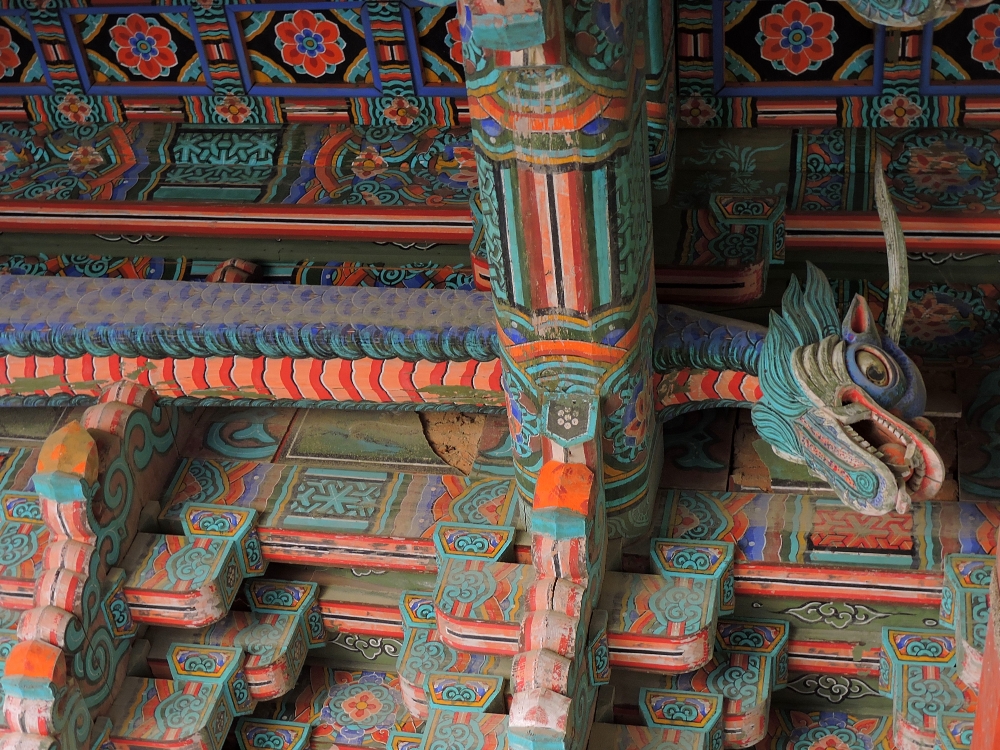
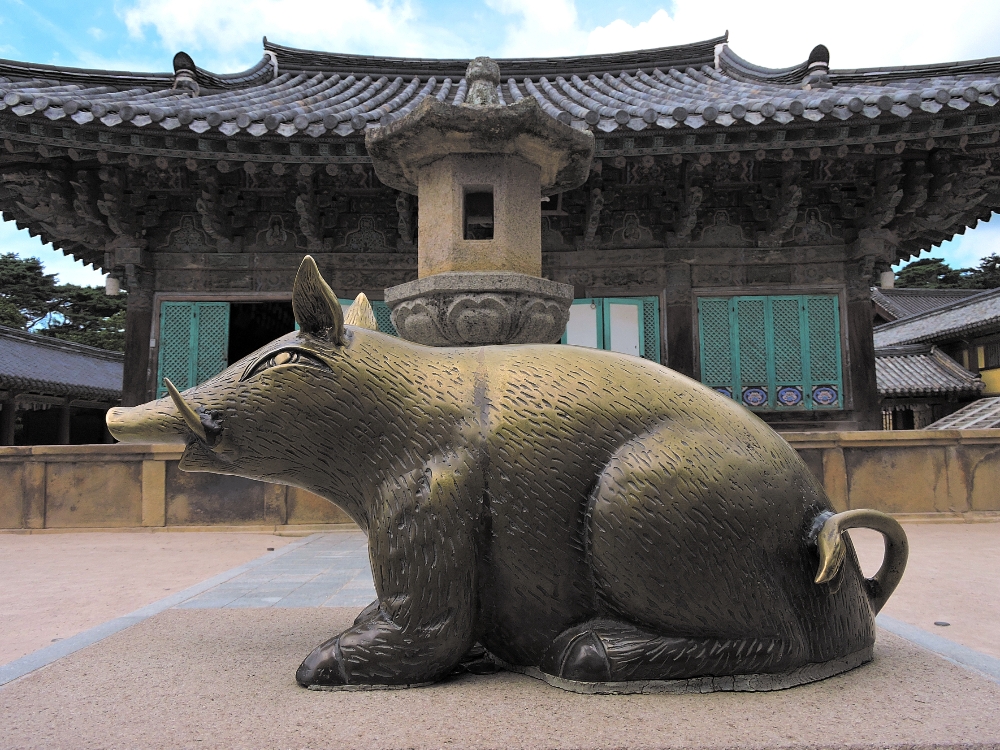
This whirlwind set of visits to five Sites, during just a handful of days, was interesting, gratifying, and also a little tiring. But, I was not quite done with South Korea just yet.